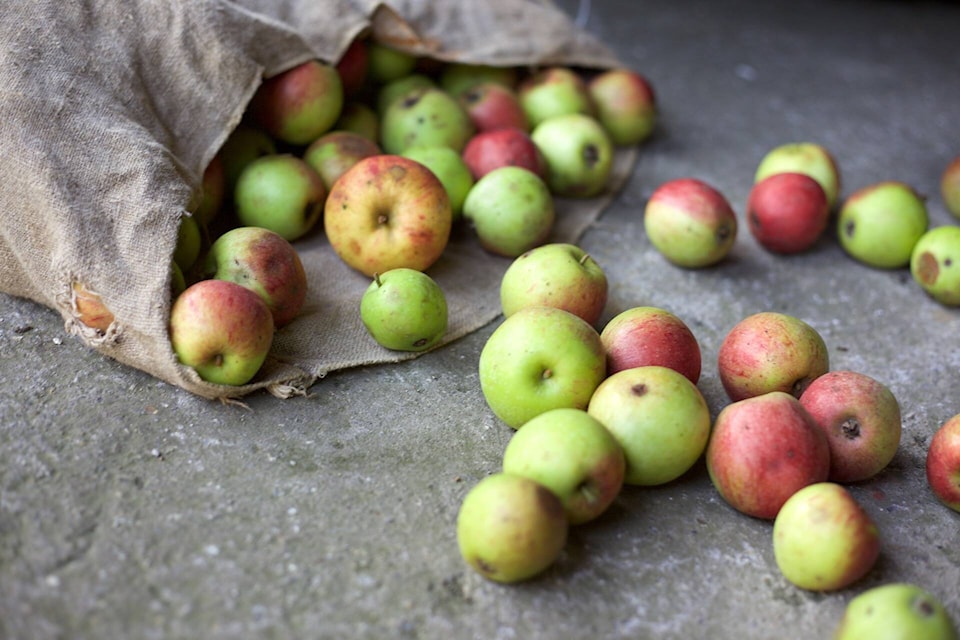By Bonnie White, member of Creston Climate Action Society
I was reading an article the other day about food waste and was taken aback to read that according to Second Harvest, a national food rescue organization, almost 60 per cent of food produced in Canada is wasted! The same article by Rochelle Baker of Canada’s National Observer states, “Waste generates the equivalent of 56.5 million tonnes of CO2 emissions each year. Yet 32 per cent of food waste, or 11.2 million tonnes, is avoidable or edible and could be redirected to help feed the 5.6 million people who are food-insecure in Canada. And that private households generate 14 per cent of food waste in landfills.” Wow!
This is a waste in many ways other than not feeding people. Organics in landfills add to our greenhouse gases and it is a waste of our production and transportation dollars which again adds to our carbon footprint. Waste also increases grocery store costs when food has to be transported and disposed of. And it is certainly a waste of our hard-earned dollars when food is thrown out, especially with the dramatic increase in prices at the grocery stores. Climate change is also adding to the cost of food with its dramatic weather changes and challenges so every dollar counts.
I think it is humbling to keep this in mind when shopping and managing our households to help improve the issue of food waste. It will take a bit of work and organization but will make such a difference if we all make the effort, both personal households and food retailers!
Here are some tips:
• Make a weekly meal plan, take a shopping list to the store and stick to it
• Inventory and monitor your fridge and cupboards, keep newer items at the back, and older at the front
• Shop more often and buy less at a time to make sure you are using everything up before you buy more
• Watch food labeling, items can often be used after the “best before date” but not after the “use by” date
• Compost waste or feed to your animals – you can give to others if you don’t have space to compost or don’t have any animals!
• Buy “ugly foods” that may have a few bumps or bruises but are still perfectly fine to eat
• Store your leftovers properly or freeze them for future use
• Get creative with your cooking! Stale bread makes crumbs or croutons, wilted greens can go in a smoothie
• Support other households by sharing and donating food you may not use, think of seniors or those that may be struggling with costs right now
• Pack a lunch when you go to work to make sure you are using everything up
• Support local food systems to lower your carbon footprint
Grocery store food getting close to expiry dates could be donated to local community organizations like food banks to help out. Anything not fit for humans to eat could be used to feed animals or go to a composting facility. Our local stores, Save On Foods and Pealow’s, are doing this already with help from Gleaners! We really need to change our “throw away” mentality. Look at every option possible and make that extra effort before tossing something in the garbage. I challenge you to take on a Food Waste Reduction Program in your household. Lt us know how it goes by liking Creston Climate Action Society on Facebook or emailing us at CrestonClimateActionSociety@gmail.com.
READ MORE: E-Tips: Regenerative Agriculture
